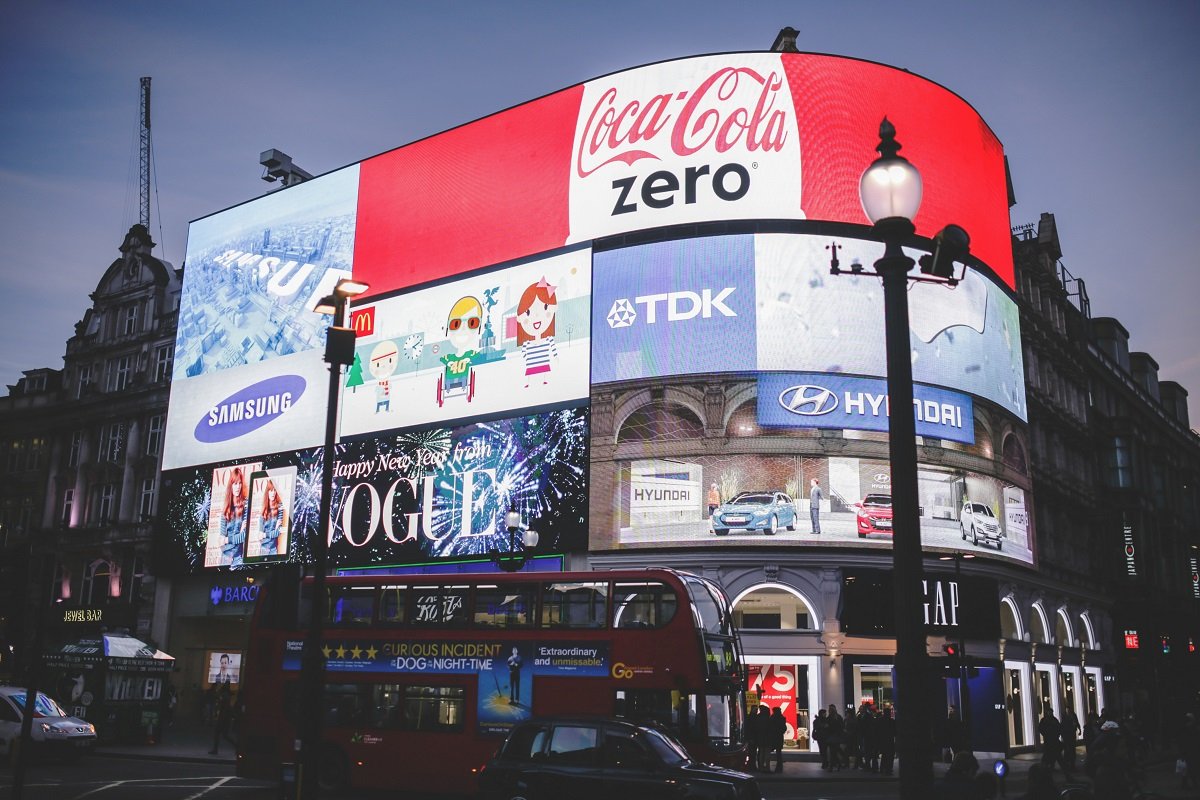Every product or service has a life cycle. Therefore, businesses shouldn’t employ the same marketing tactic for each stage of that life cycle. A measure of a great marketing strategy is how well it prolongs a product’s life cycle.
If you plan to implement various marketing ploys, your chief marketing executive has to be knowledgeable and receptive to the shifting trends your product goes through in its lifetime. An outsourced CMO with decades of marketing experience fills these shoes perfectly. If you want to come up with excellent strategies, here’s what you should focus on during every stage:
Promotion for the introduction stage
If your prototype has been tested and you’ve developed your first batch of products for shipping, then it’s time for the much-awaited product launch.
Depending on your product, you can either launch it at a high price with a low promotional rate or at a low cost with a high promotional rate. These are called skimming pricing and penetration pricing, and it depends on how different your product is or how tight the competition is in your market. Your promotional strategy will then adjust to this. Remember, you’re creating as much clamor not only to sell your product but also to receive as much feedback as possible.
Improvement for the growth stage
Now that you have your target market’s attention, it’s time to step it up. Improving the quality doesn’t just mean packing it with more features. It might mean reducing production’s lead-time so that you can ship to more territories, improving user experience when interacting with your product, or solving the problem better.
This is why feedback is essential. At this stage, your marketing tactics won’t be focused on pushing the product to new people but on reinforcing the preference of the right people. You’re not just filling a gap but expanding your space by differentiating yourself from other products.
Modifications for the maturity stage

There will come a time in the product’s life cycle that sales and market share will plateau. You might have arrived at the product’s peak performance. When it is at its most mature, this is when you enact significant modifications to your marketing tactics.
You can do this in two ways. You can introduce it to non-users or convert your competition’s customers, penetrate new markets, or reinforce the use of the product. Or you can improve the product in terms of its existing features or aesthetic appeal. This is why agencies keep running ads of “new and improved” products.
Maintenance for the decline stage
While it’s every marketer’s goal to turn the product into a household brand, sometimes it’s own decline is inevitable. Customers will lose interest, shift preferences, or find alternatives made by a company that has better capabilities.
Should the product maintain itself? If yes, then you have to find a way to do it with less. Maybe implement price reductions, or find another use of the product until your competition withdraws or a new generation of users emerges.
Should the product be resolved? If yes, then maybe marketing should turn the product into an entirely new one while preserving the brand.
This is why you need a marketing executive who actively thinks according to your product’s dynamic reception. They also need to be loyal and resilient because a product’s life cycle can be as brief as a year or take as long as a lifetime.